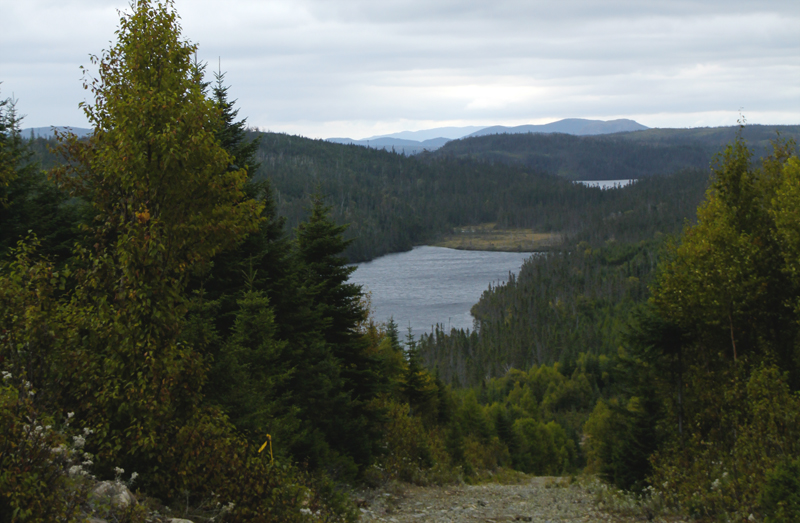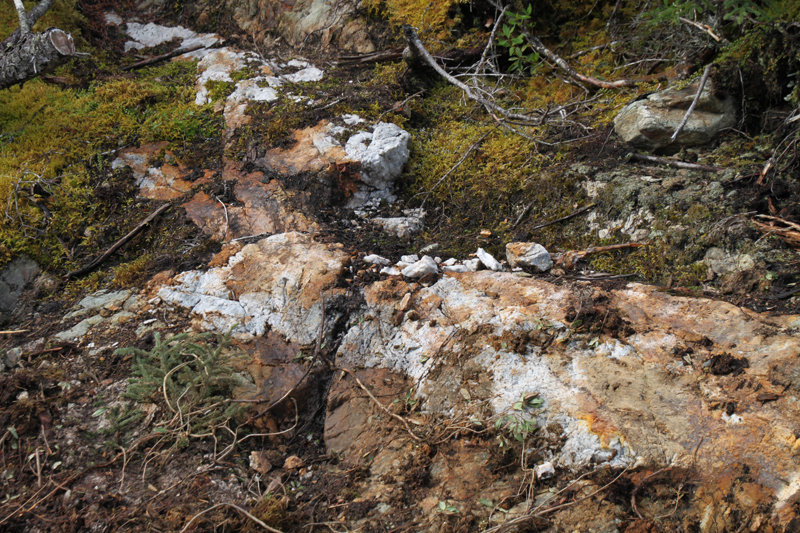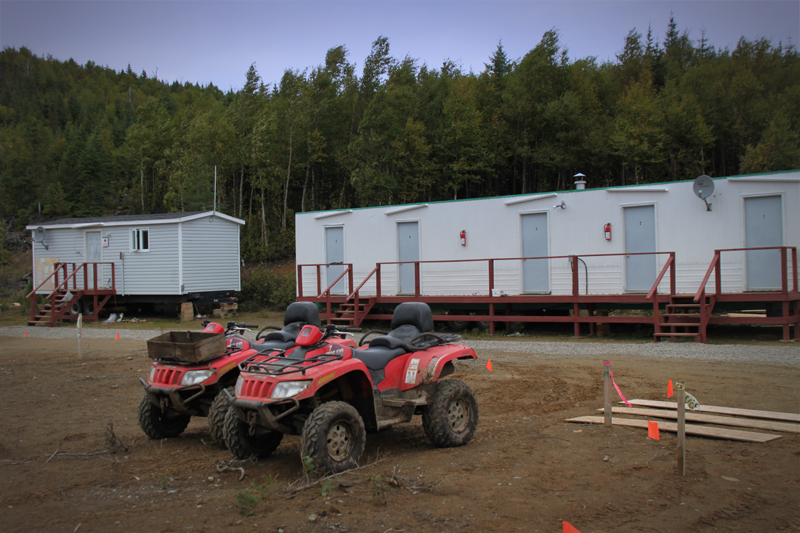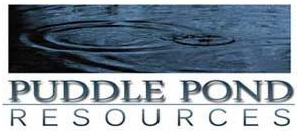Laying the Groundwork at the MolyPeak Project
The MolyPeak Project is a new discovery of molybdenum mineralization in a porphyry environment, made by North Range in the fall of 2007 and representing the first significant discovery of molybdenum in the CVB. Detailed geochemical and prospecting surveys by North Range have uncovered a zone of mineralized quartz veins, which extends for at least 1300 metres along strike and with a width up to 350 metres.
PPR contracted Eastern Geophysics of West Pubnico, Nova Scotia to carry out Induced Polarization (IP) Surveying along 50 metre and 100 metre spaced lines over both the MolyPeak and Horn-Mesher mineralized zones. The results of this survey interpreted and modeled by independent geophysicist Gerard Lambert, P.Eng. of St. Andre-Avellin, Quebec have identified over 50 individual geophysical anomalies representing 12 linear trends. These are inferred to represent significant metal concentrations and Mr. Lambert has recommended 9 targets worthy of drill follow-up.





